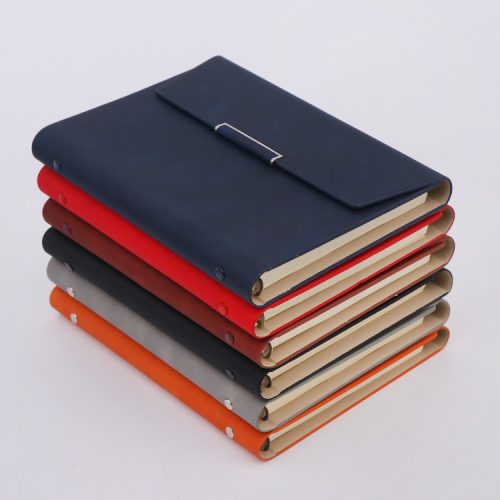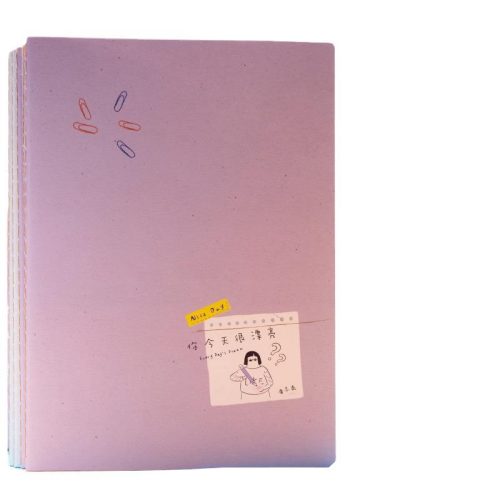Pencil shading is a fundamental and enjoyable technique in drawing that allows artists to create the illusion of depth, form, and volume on a two-dimensional surface. The joy of pencil shading comes from the satisfaction of bringing flat shapes to life and adding realism and dimension to your artwork. Here’s how pencil shading can bring depth to your drawings and why it’s such a rewarding skill:
1. Creating Gradations:
- Pencil shading involves the gradual transition from light to dark values. By varying the pressure and the number of layers applied, you can achieve smooth gradations that simulate how light interacts with objects in the real world.
2. Emphasizing Form:
- Shading helps define the three-dimensional form of objects. It gives them volume, making them appear solid and rounded. Simple shapes like spheres, cubes, and cylinders can come to life with effective shading.
3. Adding Realism:
- The ability to shade realistically is key to creating lifelike portraits, still life, and landscapes. Shading allows you to capture the play of light and shadow, replicating the subtleties of the real world.
4. Creating Contrast:
- Shading enables you to create contrast between light and shadow. This contrast adds visual interest to your drawings and guides the viewer’s eye to important elements within the composition.
5. Textures and Surfaces:
- With pencil shading, you can mimic various textures and surfaces, such as smooth glass, rough rocks, or soft fabrics. Different shading techniques, like stippling or cross-hatching, can help achieve these effects.
6. Expressive Art:
- Shading allows you to convey emotions and moods in your artwork. The play of light and shadow can evoke a range of feelings, from drama and mystery to serenity and warmth.
7. Personal Style:
- As you gain experience, you’ll develop your unique shading style. The way you apply pencil strokes, blend colors, and create value patterns will become part of your artistic signature.
8. Therapeutic and Meditative:
- Many artists find pencil shading to be a therapeutic and meditative process. It can be a way to relax, relieve stress, and focus on the present moment.
9. Satisfaction of Mastery:
- Pencil shading is a skill that can be mastered with practice. As you improve your shading techniques, you’ll experience the satisfaction of seeing your drawings become more realistic and visually compelling.
10. Versatility: – Pencil shading can be used in various art forms, including pencil portraits, still life, landscapes, and more. It’s a versatile technique that can be adapted to suit a wide range of subjects and artistic styles.
The joy of pencil shading lies in the transformation it brings to your artwork. With patience, practice, and a keen eye for observation, you can breathe life into your drawings, create depth and dimension, and express your artistic vision with this fundamental and rewarding technique.


